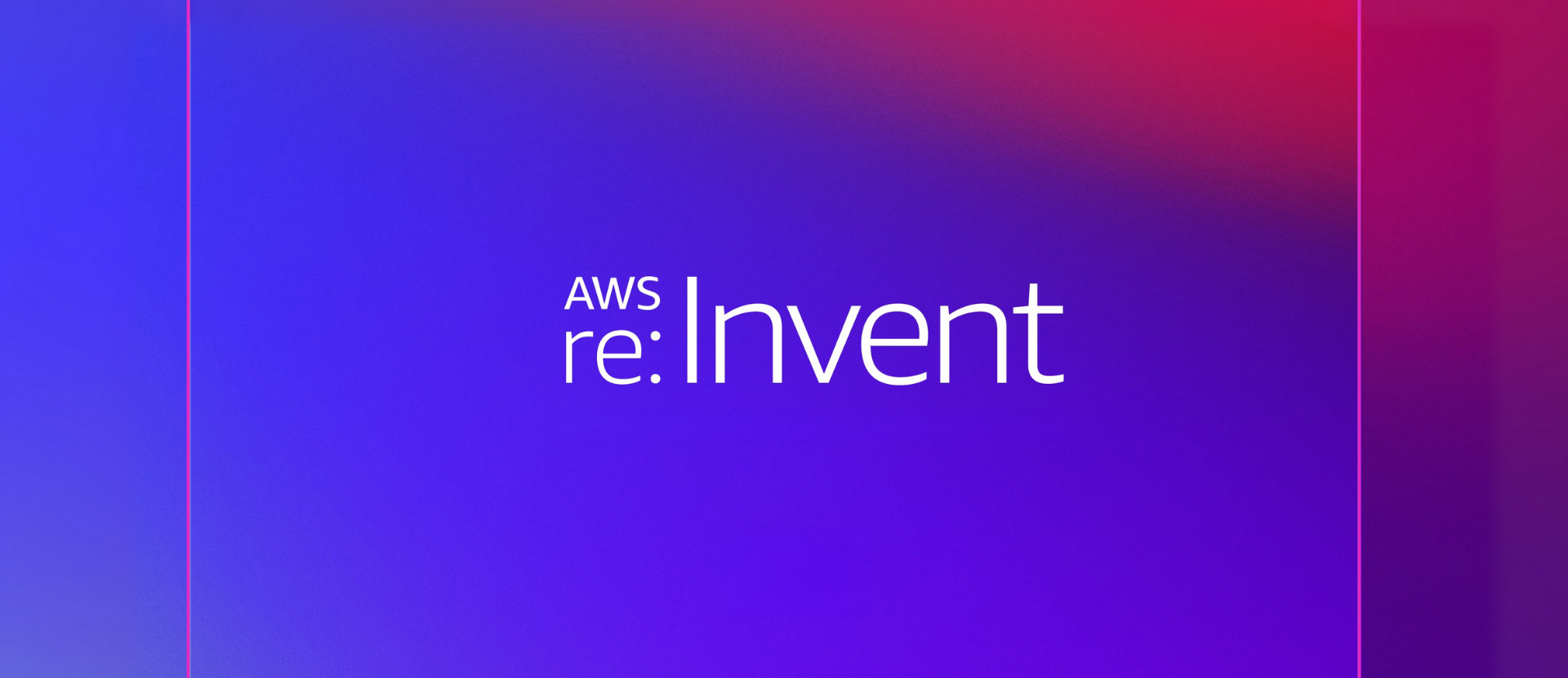The Rise of AI-Powered Block Development in WordPress
Block-based development has transformed WordPress development, shifting away from template files and shortcodes to a more visual and modular approach. However, for many teams, building custom blocks remains a time-consuming process. It requires knowledge of JavaScript, React, PHP, and the nuances of the WordPress block editor. That’s exactly where AI is beginning to make an impact, not just in content creation but deep within the development stack.
This isn’t about shortcuts or gimmicks. It’s about reducing friction. Whether someone’s creating one block or maintaining hundreds across a multisite network, AI promises to make development faster, more accessible, and, in some cases, more maintainable.
The WordPress ecosystem is taking this seriously. From experimental prototypes to GitHub repositories under the official WordPress organization, AI is becoming part of the foundational conversation.
Telex by Automattic: Natural Language to Custom Block
Among the most discussed recent experiments is Telex, built by Automattic. It’s a web-based tool that lets users type a natural language prompt like “a FAQ accordion with toggles and icons” and receive a downloadable .zip file containing a ready-made block plugin.
There’s no setup. No IDE. Just describe the block, and Telex handles the scaffolding. The generated plugin can be uploaded to a WordPress site or tested inside WordPress Playground.
Early users have built blocks like charging cost calculators and TL;DR generators with it. But Telex is still in alpha — or as Matt Mullenweg called it, a “v0” prototype. Complex prompts can fail, and generated blocks sometimes break or behave inconsistently. Still, as a signal of where things are headed, Telex is loud and clear: AI is coming to block development.
AI Infrastructure in Core: The WordPress AI Team’s Building Blocks
While Telex grabs attention, the official WordPress open-source project is laying serious groundwork. A newly formed Make WordPress AI team is developing a shared architecture to integrate AI into WordPress in a sustainable, extensible way.
- PHP AI SDK: Allows WordPress plugins and themes to access AI models via a shared, provider-agnostic interface. Think of it as a future-proof API layer.
- Abilities API: Makes WordPress functionality, like creating posts or installing plugins, discoverable by external systems, including AI agents.
- MCP Adapter: Acts as a translator between WordPress and external AI ecosystems that use the Model Connection Protocol (MCP), enabling conversational interfaces or automated workflows.
Developer-Facing Tools Changing the Block Building Workflow
WP-AutoPlugin
One of the most flexible tools for developers is WP-AutoPlugin. Installable as a plugin, it brings an AI-powered interface into the WordPress admin. Describe a plugin or block, and the AI returns a structured plugin folder with files, comments, and everything needed to get started. Need to fix a bug or add a new field? Just prompt the tool again. Developers can even specify different AI models for different tasks. For example, one for writing, another for reviewing.
Unlike Telex, WP-AutoPlugin is open-source and model-agnostic. It’s gaining momentum among developers who want AI assistance without being locked into a single provider.
WPCode AI Snippet Generator
For those who work with code snippets, WPCode offers an alternative approach. Integrated into the popular WPCode plugin, it allows natural language to be converted into optimized PHP or JavaScript snippets.
Want to add a shortcode, enqueue a script, or create a redirect? Describe it in plain English and get back a working snippet. WPCode’s AI is tuned for security and performance, and built for real-time use within WordPress.
QuickDeployWP
For fast prototyping, QuickDeployWP fills a niche. It’s a hosted web tool where developers input a plugin description and receive a downloadable .zip file. There’s no setup required, and no account is needed. Just enter a prompt and receive ready-made code. While it’s less customizable and closed-source, it’s ideal for turning ideas into testable plugins in minutes.
AI-Enhanced Block Builders for Creators and Designers
AI isn’t just helping developers. It’s being integrated into the workflows of designers and content teams through plugins that directly integrate with Gutenberg.
AI Block Editor (AI Editor Plugin)
This free plugin adds an assistant sidebar to the block editor. Instead of manually dragging and arranging blocks, a user can type: “Add a hero section with a headline, three features, and a call to action.” The plugin inserts and arranges core blocks to match. It doesn’t create new blocks but speeds up layout creation, which is perfect for mockups or first drafts.
AI Builder by Enki
AI Builder takes it further. It can generate entire page layouts that are complete with headings, text, images, and spacing from a single prompt. These aren’t static HTML outputs. The generated layouts utilize editable Gutenberg blocks, allowing teams to adjust, restyle, and personalize the results. Image generation is also baked in.
For freelancers and agencies building repeatable sections, such as testimonials, CTAs, or landing pages, AI Builder can significantly reduce initial production time.
Greenshift and Smart Code AI
The Greenshift Smart Code plugin adds AI support in two key ways:
- Generating wireframes or block patterns from prompts.
- Offering AI-powered coding assistance through its Smart Code AI module.
It uses a clever two-step system: first, the AI generates HTML, then that HTML is translated into block markup, maintaining compatibility with the editor. It’s an example of AI serving as a design assistant, not just a content writer.
Where This is Going: The Future of AI in WordPress Block Development
Today’s tools still rely on human review and oversight. But the direction is clear. Tomorrow’s tools may allow users to:
- Spin up multi-block components from voice or chat.
- Update site-wide branding or messaging by intent.
- Debug layout issues via natural language.
AI may eventually help scaffold design systems, generate block variations for A/B testing, or even automatically connect block logic to backend APIs. If WordPress becomes “machine-readable,” then future AIs won’t just generate blocks. They’ll understand them, use them, and even improve them.
Considerations and Cautions
Not every line of code AI writes is correct. Some generated blocks fail silently. Others contain security issues, especially if models hallucinate functionality. Current AI systems often struggle to comprehend the nuances of accessibility, responsive design, and PHP best practices.
That’s why these tools, while promising, are best seen as collaborators instead of replacements. They reduce boilerplate, automate repetition, and suggest structures. But version control, peer review, and production QA still matter.
Anyone using AI to build WordPress blocks should treat the output as they would any other third-party code: review it, test it, and maintain it.
AI’s Role in the Next Generation of WordPress Development
AI is becoming an integral part of the workflow, not just for content, but also for design and development.
From experimental generators like Telex to in-editor assistants like AI Builder and Smart Code AI, the ecosystem is evolving fast. Tools are emerging for developers and non-developers alike. And beneath it all, WordPress core is laying down the infrastructure to make AI a first-class citizen in its future.
For teams building custom WordPress experiences at scale, the opportunity is clear: explore what these tools can unlock, but do so with clarity, care, and context.
Need help integrating AI into your WordPress stack or building intelligent block-based experiences? Connect with Trew Knowledge to explore our custom development and AI integration services.


